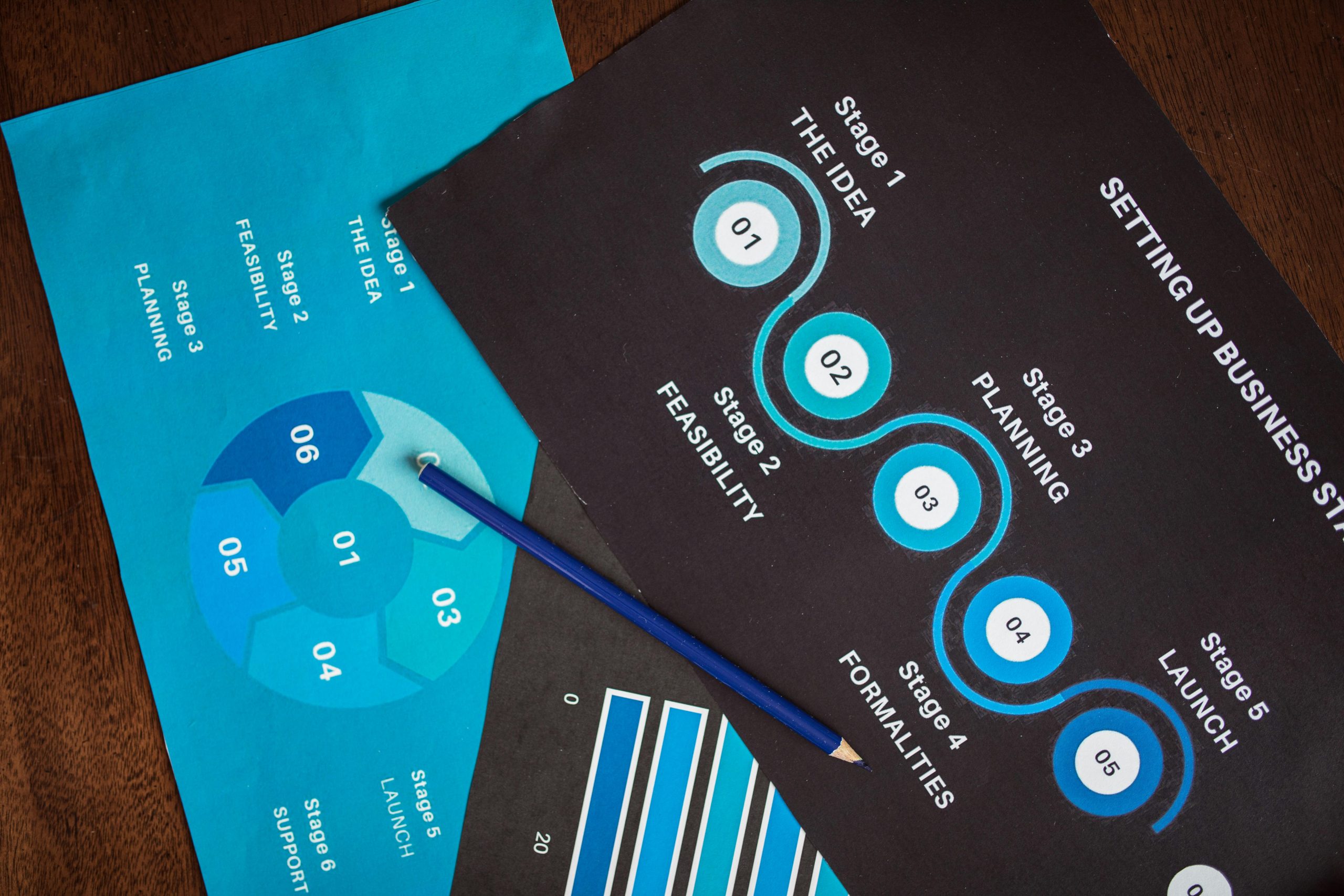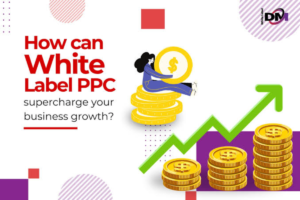
Revenue management is the delicate art of balancing supply and demand to maximize profit. It’s more than just setting prices; it’s a strategic dance involving forecasting, optimization, and agile decision-making. This article delves into the four key stages of effective revenue management, providing a comprehensive roadmap for businesses seeking to orchestrate their revenue potential.
Stage 1: The Crystal Ball – Forecasting Demand
The first stage lays the foundation for informed decision-making. It’s all about understanding the ever-changing landscape of demand. This involves:
- Historical Analysis: Studying past sales trends, seasonality, and customer behavior to identify patterns and predict future demand.
- Market Research: Keeping a pulse on industry trends, competitor activity, and economic factors that might influence demand.
- External Data Integration: Leveraging external sources like weather forecasts, travel data, and event calendars to gain additional insights.
- Demand Modeling: Utilizing statistical tools and machine learning algorithms to create accurate demand forecasts for different segments and periods.
Effective forecasting is crucial because inaccurate predictions can lead to underselling during peak periods and overstocking during slow seasons. It allows businesses to allocate resources efficiently, optimize marketing campaigns, and set realistic sales targets.
Stage 2: The Inventory Conductor – Inventory Control
Inventory, in the context of revenue management, encompasses not just physical goods but also service capacity, time slots, and access to resources. This stage focuses on:
- Inventory Segmentation: Classifying inventory based on characteristics like price, demand, and profitability to tailor strategies for each segment.
- Capacity Management: Optimizing resource allocation to meet anticipated demand, ensuring availability during peak periods without overcapacity during slower times.
- Yield Management: Setting different prices for different segments and time periods to maximize revenue per unit sold, often used in industries like hotels and airlines.
- Overbooking Strategies: Carefully managing overbooking practices to minimize customer inconvenience while maximizing revenue opportunities.
Effective inventory control ensures that the right products or services are available at the right time and price. It prevents lost sales due to stockouts and minimizes the risk of holding onto unsold inventory, tying up capital and incurring storage costs.
Stage 3: The Price Maestro – Pricing Optimization
Price is the most visible lever in revenue management, but it’s not just about setting the highest number possible. This stage requires:
- Competitive Pricing Analysis: Understanding competitor pricing strategies and market pricing trends to set competitive yet profitable prices.
- Price Elasticity Analysis: Measuring how demand changes with price adjustments to identify optimal price points for different segments.
- Dynamic Pricing: Utilizing technology to adjust prices in real-time based on demand, competitor activity, and other factors.
- Bundling and Promotions: Offering bundled packages or promotions to attract different customer segments and increase perceived value.
Effective pricing optimization balances maximizing revenue with maintaining customer satisfaction. It requires a deep understanding of customer behavior and market dynamics to ensure prices are competitive yet profitable.
Stage 4: The Performance Conductor – Performance Monitoring and Optimization
The final stage involves continuous monitoring, analysis, and adaptation. It’s about:
- Data Collection and Analysis: Gathering data on sales, pricing, inventory levels, and customer behavior to track performance against forecasts and identify areas for improvement.
- Performance Measurement: Using key performance indicators (KPIs) like revenue, profit margin, and market share to assess the effectiveness of revenue management strategies.
- A/B Testing: Experimenting with different pricing strategies, inventory allocation methods, and marketing campaigns to identify what works best.
- Continuous Improvement: Regularly evaluating and refining revenue management processes based on data and feedback to optimize performance over time.
Effective performance monitoring ensures that revenue management strategies remain relevant and adaptable in a dynamic market. It allows businesses to identify opportunities to improve efficiency, increase revenue, and maintain a competitive edge.
Conclusion: The Symphony of Success
Revenue management is not a one-time event; it’s an ongoing process that requires continuous effort and collaboration across different departments. By mastering these four stages – forecasting, inventory control, pricing optimization, and performance monitoring – businesses can orchestrate their revenue potential, maximize profit, and achieve sustainable growth. Remember, it’s not about playing individual instruments; it’s about conducting the full orchestra of revenue management to create a harmonious and successful performance.
FAQs:
What’s the difference between demand forecasting and inventory control?
Demand forecasting predicts future demand, while inventory control manages existing inventory and capacity to meet that demand. Both are crucial, but forecasting informs inventory control strategies.
How often should I update my demand forecasts?
The frequency depends on your industry and the stability of demand. Highly volatile industries might need daily updates, while stable industries might be fine with monthly updates.
is revenue management job available?
With Yulys, you can easily search for revenue management jobs across various industries and locations. Our platform offers advanced filtering options based on your specific criteria, allowing you to identify the perfect fit. Additionally, Yuly’s provides valuable career resources and tips to help you prepare for your job search and ace your interviews.
Is overbooking ethical in revenue management?
Ethical overbooking involves careful planning and strategies to minimize customer inconvenience. It shouldn’t be relied upon heavily and should prioritize customer satisfaction.
What tools can help me optimize my pricing?
Revenue management software offers features like competitor price tracking, demand forecasting, and dynamic pricing tools. Choose software based on your specific needs and budget.
What KPIs should I track to measure revenue management performance?
Common KPIs include revenue per unit sold, profit margin, inventory turnover, and market share. Customize your KPIs based on your specific goals and business model.
How important is A/B testing in revenue management?
A/B testing allows you to test different strategies and see what works best. It’s crucial for continuous improvement and optimizing your approach based on real data.





